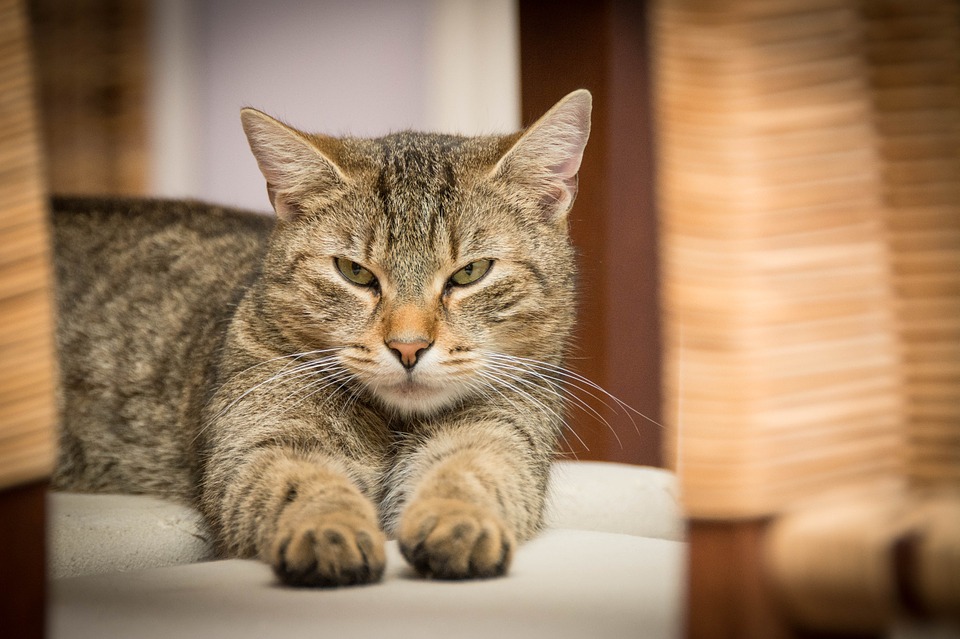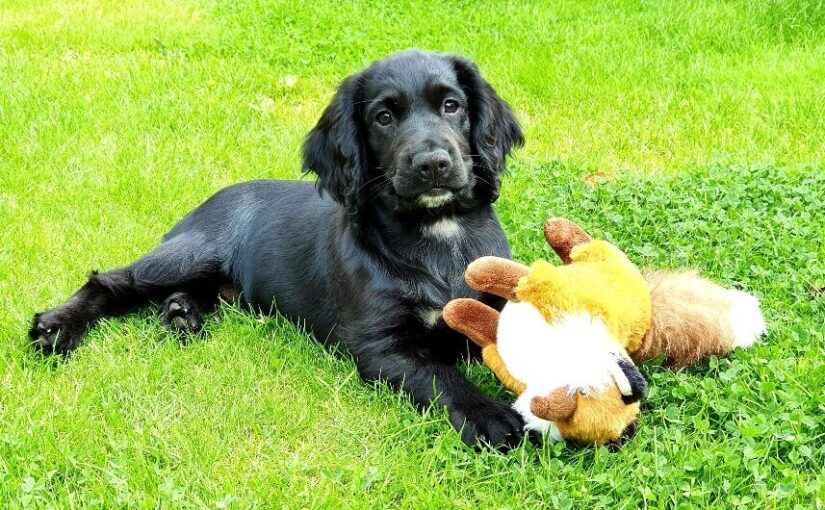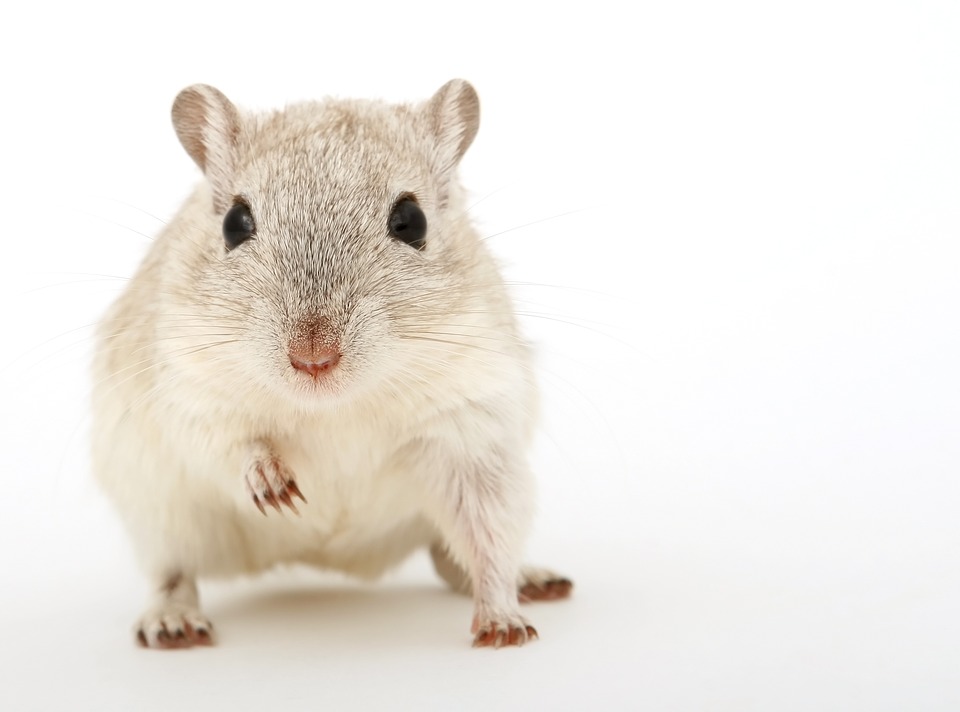In the UK we love animals, and according to a survey conducted by the PFMA, around 46% of us own at least one pet; 24% of us own one or more dogs, and 17% of us own one or more cats. In total, the UK is home to around 58 million pets, so it’s clear that not only do we adore animals, but most pet owners own more than one.
With pets come extra waste, unfortunately, and many of us just bin it without really thinking about it – even if we’re quite good at thinking about the waste we produce ourselves. The main problem is that some of the waste produced by pets isn’t very pleasant, and so our first instinct can be to just dump it in the bin, out of sight (and smell).
Below we look at the ways in which our favourite pet types produce waste, and how we can attempt to lower this using reuse and recycling ideas.
Dogs

Puppy pads:
When training your puppy, you can end up getting through a LOT of puppy pads – in fact, the amount of pads you get through daily equates to a third of the nappies used by a newborn human baby. If you’re using standard training pads, that’s a lot of waste being sent to landfill. Alternatives are to try biodegradable pads – which are 100% eco-friendly, and compostable – or to try not using training pads at all. The latter idea may sound crazy, but some have managed it – however, if you do go down this route, bear in mind that your carpet will need a deep clean afterwards!
Dog mess:
Leaving dog mess on the pavement, road or in woodland is littering, and also disgusting! However, if owners scoop the poop 3 times daily, they will be sending a staggering 1000 plastic bags per year to landfill. If you choose this method, you could reuse old plastic bags from home (but check for holes!) Otherwise, you could look into other waste disposal methods, such as burying it in the garden (away from your house), or flushing it down the toilet. Flushable, non-plastic bags are available, which dissolve in your toilet and are environmentally friendly.
Food containers:
Processed dog food tends to come in tin cans or plastic bags. Whilst the tins are recyclable, the bags often aren’t. If you have to buy packaged pet food, try to stick to the cans, or bagged dry food only if it is in recyclable packaging. However, why not try cooking your own dog food? There are plenty of books on the market full of recipes, your pooch will be getting all the right nutrients (which is debatable for processed food), and you’ll be saving on waste.
Toys:
Dogs love toys, but many on the market aren’t built to last, and then you have to throw them out. Instead, look out for long-lasting toys made from earth-friendly/recycled materials, or machine washable fabrics. These toys are becoming more widely available, but if you are struggling, try a search on Etsy. An alternative would be to make your own from old clothes, which you could fix with a needle and thread when it tears.
Cats

Litter trays:
The majority of pet cats in the UK do go outside, however if you have kittens or an indoor cat then you will know all about the joys of keeping a litter tray for your pet. 2 million tonnes of cat litter gets thrown into landfill every year. Most of us start out using the clay type, but some of us move away from that to other types, as it can be messy and create a dust which isn’t good for your cat or you to breathe in.
More environmentally friendly options are soil or sawdust, which can both then be used in the garden when solids have been removed. Some owners use their wood pellet litter in fires in winter, whilst others compost this (just don’t use it on compost destined for placement around food crops, just incase). There are also recycled paper litters available, but remember to change litters over slowly if you do change – otherwise your cat may protest outside of the tray.
Food containers:
Processed cat food containers present the same problem as dog food containers. Aim for the recyclable packaging at least, or try making your own – there are books on the market to help you do this. Cats require more specific nutrients than dogs do from their food, such as the amino acid, taurine.
Toys:
Cat toys tend to last longer than dog toys, and also tend to be made more from fabric, which means that when kitty tears it with her claws, you are able to fix it for her with a few stitches, ready for further playing. My cat’s toys have lasted her years because of this. You could also make your cat some new toys very easily by reusing cotton reels, and many other household bits and bobs.
Rodents
Bedding:
Hay, straw and sawdust can be added to your home compost bin. If you were to make your own bedding from shredded paper, or purchase this, you could also add this to your compost bin. Recycled paper is readily available as bedding in pet stores, which is great if you don’t have time (or a shredder) to make your own.
Entertainment/toys:
Entertainment for rodents tends to be long-lasting unless it is food, however they do love to chew things for fun; why not try items such as your old toilet roll tubes, to give them a second use, and save yourself some money too.
Let us know below if you have any other suggestions.
Resources:
Featured image credit: Pixabay

